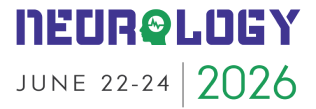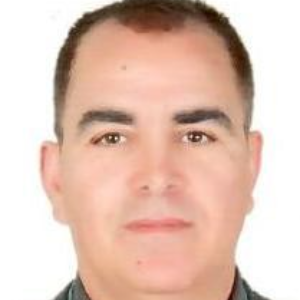Title : Enhancing epilepsy diagnosis using automated temporal windowing for frequencies and entropies feature extraction computing
Abstract:
The diagnosis of epilepsy relies on careful analysis of electroencephalograph (EEG) records to understand the underlying mechanisms of epileptic disorders. Due to noise interference, filtering is necessary before applying feature extraction and classification. Traditional frequency analysis methods have limitations in diagnosis, thus this study proposes combining statistical and artificial intelligence techniques. A Butterworth filter of order 4 with ICA is applied to eliminate noise from eye blinking and muscle activities. Feature extraction involves temporal windowing (TW) for frequency features (amplitude, phase, spectral density) and statistical measures like Shannon entropy and Spectral entropy. Five parallel classification techniques (KNN, SVM, Random Forest, LDA, MLPC) are used, with an average accuracy estimated for epilepsy diagnosis as depicted in the following Figure. By identifying EEG features, this system supports physicians in the diagnostic process. Adding ICA and AR models improved accuracy by approximately 18%. This scheme, processing each channel individually, outperforms other methods with an accuracy close to 100%.
During the development of our diagnosis scheme, we implemented the following components:
- Improved Preprocessing Technique: To eliminate unwanted artifacts such as eye blinking, muscular movement, and other interference noises, we enhanced the preprocessing step by incorporating Independent Component Analysis (ICA) into the IIR filter.
- Temporal Windowing Approach: We applied the temporal windowing approach with an optimal window size of 0.3 seconds. This allowed us to capture relevant temporal variations, maximizing our model's performance in feature extraction.
- Combination of Frequencies and Statistical/Nonlinear Features: By combining frequency- based features with statistical and nonlinear features, we obtained valuable insights into the complexity of EEG signals. This information proved relevant for the detection of epileptic anomalies. Additionally, we introduced the autoregressive model (AR), which captures temporal dynamics, models complexity, adapts to different orders, and facilitates prediction and anomaly detection. These advantages contributed to more accurate and informative feature extraction, significantly improving the effectiveness of epilepsy diagnosis.
- Parallel Classification Techniques: We experimented with five classification techniques in parallel to demonstrate their similar accuracy. This outcome is a result of the optimization achieved in the preprocessing and feature extraction stages.




